 The 2011 Holiday Season is here and with it comes shopping and gift giving. There are all sorts of gifts to consider but I think wines and spirits are excellent gifts for those that appreciate such things. With that in mind I decided to compile a list of some items in that category. To make my list the items below had to meet some particular criteria: 1) it has to be something I heartily recommend. 2) It needs to be a good value. 3) It should be relatively easy to locate. 4) The list should take into account peoples various budget sizes. With that in mind here are 8 offerings that the wine and spirits lovers on your gift list will be happy to receive.
The Lamberti Prosecco Veneto D.O.C. was made from fruit sourced at hillside vineyards throughout Treviso. This sparkling wine was produced utilizing the Charmat Method. This wine is widely available and has a suggested retail price of $13.99. This Prosecco has an effusive nose that shows off spice and fruits. Stone and citrus fruit flavors star through the palate along with loads of tingly spices. Brioche and hints of crumbled biscotti emerge on the finish which has good length. This wine shows off hints of sweetness and is a very appealing wine. It’ll work well on its own or paired with food. It would be a particularly nice choice for a Brunch. Sparkling wine generally makes people happy. Here’s a tasty choice that makes a perfect, modestly priced gift.
The 2011 Holiday Season is here and with it comes shopping and gift giving. There are all sorts of gifts to consider but I think wines and spirits are excellent gifts for those that appreciate such things. With that in mind I decided to compile a list of some items in that category. To make my list the items below had to meet some particular criteria: 1) it has to be something I heartily recommend. 2) It needs to be a good value. 3) It should be relatively easy to locate. 4) The list should take into account peoples various budget sizes. With that in mind here are 8 offerings that the wine and spirits lovers on your gift list will be happy to receive.
The Lamberti Prosecco Veneto D.O.C. was made from fruit sourced at hillside vineyards throughout Treviso. This sparkling wine was produced utilizing the Charmat Method. This wine is widely available and has a suggested retail price of $13.99. This Prosecco has an effusive nose that shows off spice and fruits. Stone and citrus fruit flavors star through the palate along with loads of tingly spices. Brioche and hints of crumbled biscotti emerge on the finish which has good length. This wine shows off hints of sweetness and is a very appealing wine. It’ll work well on its own or paired with food. It would be a particularly nice choice for a Brunch. Sparkling wine generally makes people happy. Here’s a tasty choice that makes a perfect, modestly priced gift.
The Apaltagua 2009 Envero Carménère was produced from fruit sourced in the Apalta section of Chile’s Colchagua Valley. This is an estate vineyard 60 hectares in size. The 2009 vintage is a blend of Carménère (93%) and Cabernet Sauvignon (7%). Barrel aging took place over 12 months; an additional 6 months of bottle aging followed prior to release. This wine has a suggested retail price of $16.00. This Carménère has a fresh and lively nose. It shows off red and black fruit aromas as well as hints of eucalyptus. Juicy black currant and cherry flavors lead the palate as well a host of spices. This Carménère has a solid finish that lingers with sour black fruits and continued spices. Yielding tannins and firm acidity mark the structure and make this a terrific food wine. Carménère has been making inroads with US wine lovers over the last few years. This is a grape with lots of appeal to a wide array of folks. It’s ready to please fruits, as well as the fact that it’s still a discovery grape for some make this a particularly excellent gift for the newer wine lovers on your list.
The Sandeman Founder’s Reserve Port was produced from fruit sourced in the Douro Region of Portugal. Fermentation of this wine was stopped with the addition of chilled Brandy. This Port is aged for at least 5 years prior to release. It has a suggested retail price of $19. The Founder’s reserve has a deep red color, looking most like a young Vintage Port. The aromas it gives off lean towards red fruits laced with copious spices. Cherry flavors drive the palate and lead to a wonderful compote of dark, brooding berry flavors which are joined by plum pudding spices. Warming red fruits and loads of sweet dark chocolate mark the finish, which has tremendous length for the price point. The Founder’s Reserve is a great choice to drink while your Vintage Ports are aging. For its reasonable price tag it makes an affordable gift that offers lots of flavor and quality. This is an adaptable Port that’s delicious on its own, paired with desserts or used as the base of an inventive cocktail. It’s also currently available in decorative tins, perfect for gift giving.
The Biltmore Estate 2007 Blanc de Blancs Brut was produced using méthode champenoise. This offering is 100% Chardonnay, produced from fruit sourced in the Russian River Valley. After temperature controlled fermentation at cold conditions this wine underwent a secondary fermentation in bottle and aged for approximately 24 months prior to disgorging. This wine has a suggested retail price of $24.99. Lemon Zest and hints of brioche fill the nose of this 2007 Sparkling Wine. Apple, citrus and Bartlett pear flavors are all on display throughout the palate. Hints of ginger and flaky biscuits emerge on the finish which has nice length. This is a perfectly dry wine which is particularly well suited to pair with dinner. It’s fine on it’s own but excels when matched with the right dish. This is highly recommended for those who are open to New World Sparkling Wines.
The Frescobaldi 2006 Montesodi Riserva Chianti Rufina DOCG was produced from fruit sourced at the Castello di Nipozzano Pelago home estate. This vineyard sits roughly 1,300 feet above sea level. The vines have an average age of 16 years on them. This wine is 100% Sangiovese. Fermentation took place in temperature controlled stainless steel vats over 10 days. Aging took place in Barriques over 24 months; 6 months of bottle aging followed. The Montesodi Riserva Chianti is only made in select vintages. This wine has a suggested retail price of $52. Violet, rose petal, and dried red fruit aromas fill the nose of this Chianti Riserva. Dried fruit flavors, cherry and blueberry in particular, star throughout the palate which has impressive depth and complexity. Layers of spice emerge and lead to the finish which shows off black tea, and hints of dusty chocolate. This wine has tremendous length, awesome acidity and terrific overall structure. This is everything you would want in top shelf Chianti. It’ll drink well for at least a decade, if it’s being consumed in the short term it should be decanted for a couple of hours for best results. This is a tremendous gift for the Gourmand in your life who likes to slave over a great meal and pair it with a fabulous wine.
The Rodney Strong 2008 Alexander’s Crown Cabernet Sauvignon was produced from fruit sourced in a single vineyard. It was from this vineyard in 1971 that Sonoma County’s first single vineyard Cabernet Sauvignon was produced. This offering is 100% Cabernet Sauvignon. Aging took place over 22 months in all French oak; 47% of the barrels were new. This wine has a suggested retail price of $75. Deep, dark berry aromas, toast and vanilla fill the bold nose of this Cabernet Sauvignon. The palate here is simply overrun with blackberry, black plum, raspberry and cherry flavors. Black pepper and clove spices also make their presence known. Roast espresso, sweet dark chocolate and additional spices emerge on the finish which has excellent length and remarkable depth. This is a big, bold, brash, spicy mouthful of Cabernet Sauvignon that does a tremendous job of showing off its Alexander Valley roots. While Alexander’s Crown is delicious now it’ll benefit from time in the bottle. Those with the patience to lay this down for a decade will be justly rewarded. If someone on your holiday gift list loves California Cabernet Sauvignon, you’ll have a hard time finding a more appropriate gift than this wine which is a jewel in the Rodney Strong Portfolio.
The Sandeman 30 Year old Tawny Port was aged in wooden casks. Over a period of time the fortified wine receives slow exposure to air which ages it and changes the color to the beautiful caramel typical of Tawny Ports Throughout their life the wines utilized are racked from time to time. As the name indicates the average age of the wines used to assemble this Tawny Port is 30. This Port has a suggested retail price of $99.99. Stone fruit in the form of Apricot underpinned by yellow peach lead the nose of this Port along with fruitcake spice and. Apricot flavors continue through the palate where they are dominant. Honey, hazelnut and almond characteristic are present along with white pepper spice. The impressively long finish shows off chamomile tea as well as a bit of caramel and continued spices and stone fruit flavors. This Port can certainly act as dessert all by itself. That said it works extremely well paired with food. A cheese course would be my top pick to match it with. In any case if there’s a Port lover in your life this would be a wonderful gift they will be sure to treasure.
It’s not often that I stray from the wine world here. However sometimes the mood or occasion calls for a beverage not made from grapes. Single Malt Scotch is one of the spirits that often has crossover appeal to those who like to sit and philosophize over their wines. So With that in mind here’s a look at a Single Malt that has really hit the spot for me on a number of occasions.
The Balvenie 12 Year DoubleWood is a Single Malt Scotch. During the aging process it’s moved from a traditional oak cask to a European Sherry cask. This Scotch sells for about $49.99. This Scotch has a great big nose that really develops over 15 or so minutes in the glass. Vanilla and hints of apricot are present. From the very first sip this Scotch distinguished itself by presenting lots of depth and a range of flavors. It is simultaneously fruity and spicy with a nice overall bite. The finish is above average in length and has rich, honeyed flavors and a bit of warmth in the final note. It’s apparent that the use of two types of wood for varying lengths of time really added to the complexity and finesse of this Scotch. If someone on your list is into Single Malt’s this offering from Balvenie is an excellent choice. It’s a distinct expression that stands apart from many of the 12 years Single Malts in its price range.
The selections above provide some excellent choices for gift giving this Holiday Season. I happily stand squarely behind them as good values in their respective categories as well as really tasty products that I enjoy a great deal. Happy Shopping.
 I’m regularly on the hunt for everyday wines. Certainly tasting and writing about wines in other categories is of interest as well. But when I taste something that’s bargain priced, which I can recommend, it hits a particular sweet spot for me. For a long time now our shelves have been loaded with low priced wines from Australia; some of them hit the spot, but a large number of them are indistinguishable from one another. Today I’ll look at two well priced Australian offerings that set themselves apart in a positive way.
First up is the Fisheye Winery 2011 Pinot Grigio. The fruit for this offering was sourced in South Eastern Australia. 360,000 cases of this wine were produced. It’s available in 750 ml and 1.5 L bottles as well as 3 liter boxed wine Casks. They’re priced respectively at $7, $12 and $18. Ginger and peach aromas jump from the glass with conviction. Lychee fruit, apricots and continued peach characteristics are prominent throughout the palate. Lemon zest, white pepper and coriander emerge on the finish which has fair length. This Pinot Grigio is fresh, vibrant and loaded with flavorful bright fruits. This is a great choice as a party wine. It pairs well with light appetizers and also works nicely as a welcome wine or aperitif. The 3 Liter Box works out to about $4 a bottle. If for some reason your party guests don’t finish it these modern versions of boxed wine will drink well for 30 days after opening.
I’m regularly on the hunt for everyday wines. Certainly tasting and writing about wines in other categories is of interest as well. But when I taste something that’s bargain priced, which I can recommend, it hits a particular sweet spot for me. For a long time now our shelves have been loaded with low priced wines from Australia; some of them hit the spot, but a large number of them are indistinguishable from one another. Today I’ll look at two well priced Australian offerings that set themselves apart in a positive way.
First up is the Fisheye Winery 2011 Pinot Grigio. The fruit for this offering was sourced in South Eastern Australia. 360,000 cases of this wine were produced. It’s available in 750 ml and 1.5 L bottles as well as 3 liter boxed wine Casks. They’re priced respectively at $7, $12 and $18. Ginger and peach aromas jump from the glass with conviction. Lychee fruit, apricots and continued peach characteristics are prominent throughout the palate. Lemon zest, white pepper and coriander emerge on the finish which has fair length. This Pinot Grigio is fresh, vibrant and loaded with flavorful bright fruits. This is a great choice as a party wine. It pairs well with light appetizers and also works nicely as a welcome wine or aperitif. The 3 Liter Box works out to about $4 a bottle. If for some reason your party guests don’t finish it these modern versions of boxed wine will drink well for 30 days after opening.
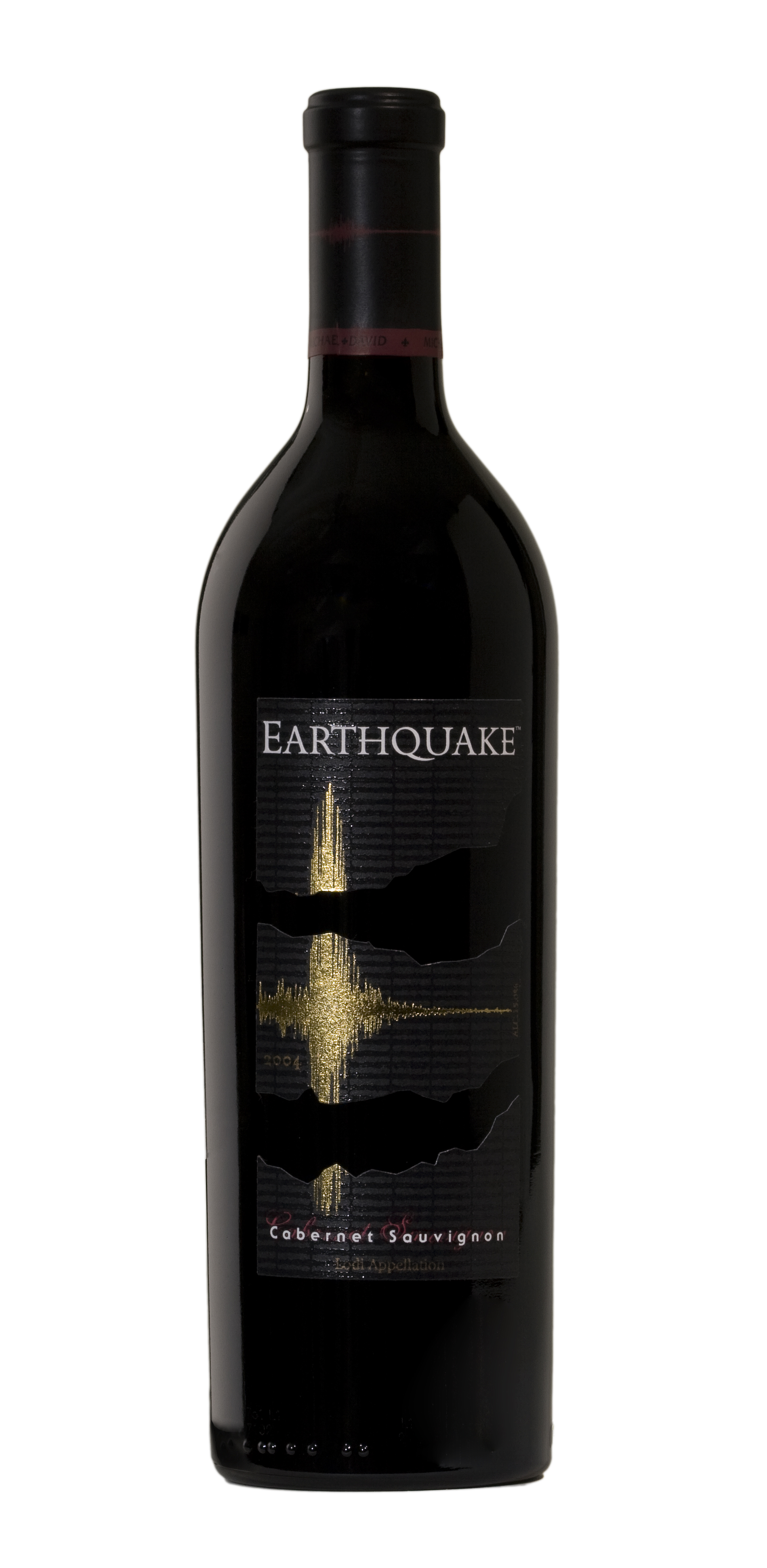 Michael David Winery makes a wide array of offerings from fruit sourced in their native region of Lodi California. Their focus is the production of engaging, fruit forward wines loaded with flavor and curb appeal. The offerings the make are widely available across the country at a cross section of budget friendly prices. Today I’ll look at two of their current release offerings.
The Michael David Winery 2010 Incognito White was produced using fruit sourced in the Lodi California Appellation. This wine is a blend of Viognier (63%), Chardonnay (21%),Muscat (7%), Sauvignon Blanc (5%) and Roussanne (4%). Incognito White was fermented and aged in stainless steel; this offering had no oak contact. The suggested retail price for this widely available wine is $18.
Michael David Winery makes a wide array of offerings from fruit sourced in their native region of Lodi California. Their focus is the production of engaging, fruit forward wines loaded with flavor and curb appeal. The offerings the make are widely available across the country at a cross section of budget friendly prices. Today I’ll look at two of their current release offerings.
The Michael David Winery 2010 Incognito White was produced using fruit sourced in the Lodi California Appellation. This wine is a blend of Viognier (63%), Chardonnay (21%),Muscat (7%), Sauvignon Blanc (5%) and Roussanne (4%). Incognito White was fermented and aged in stainless steel; this offering had no oak contact. The suggested retail price for this widely available wine is $18.
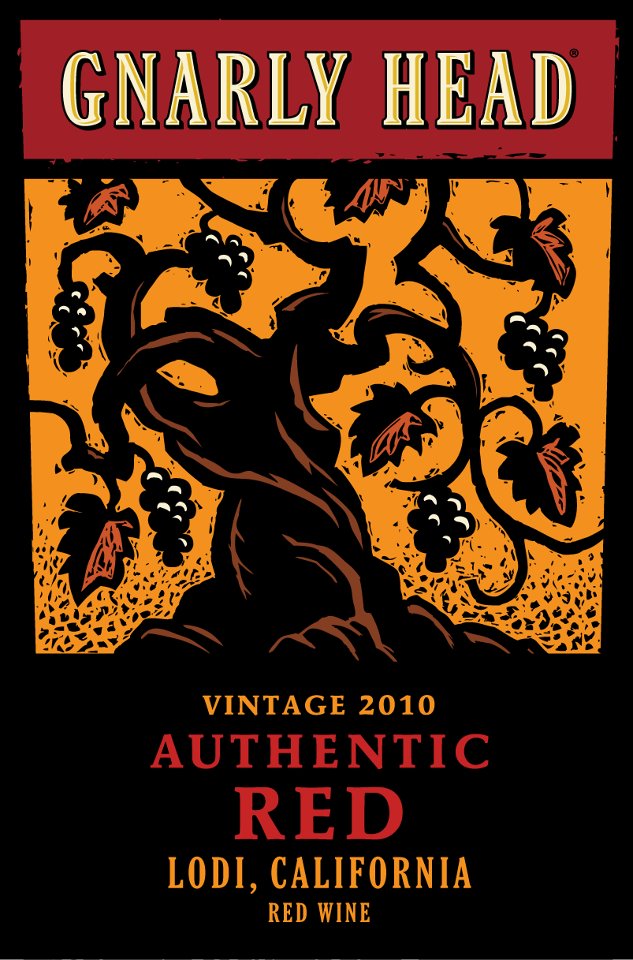 Their Old Vine Zin remains the best known selection from
Their Old Vine Zin remains the best known selection from 
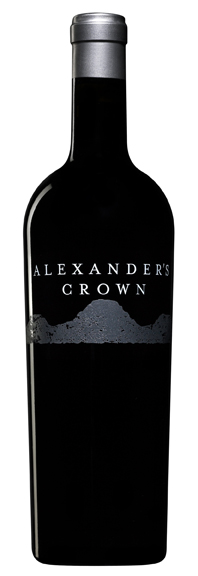
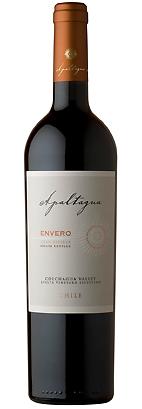
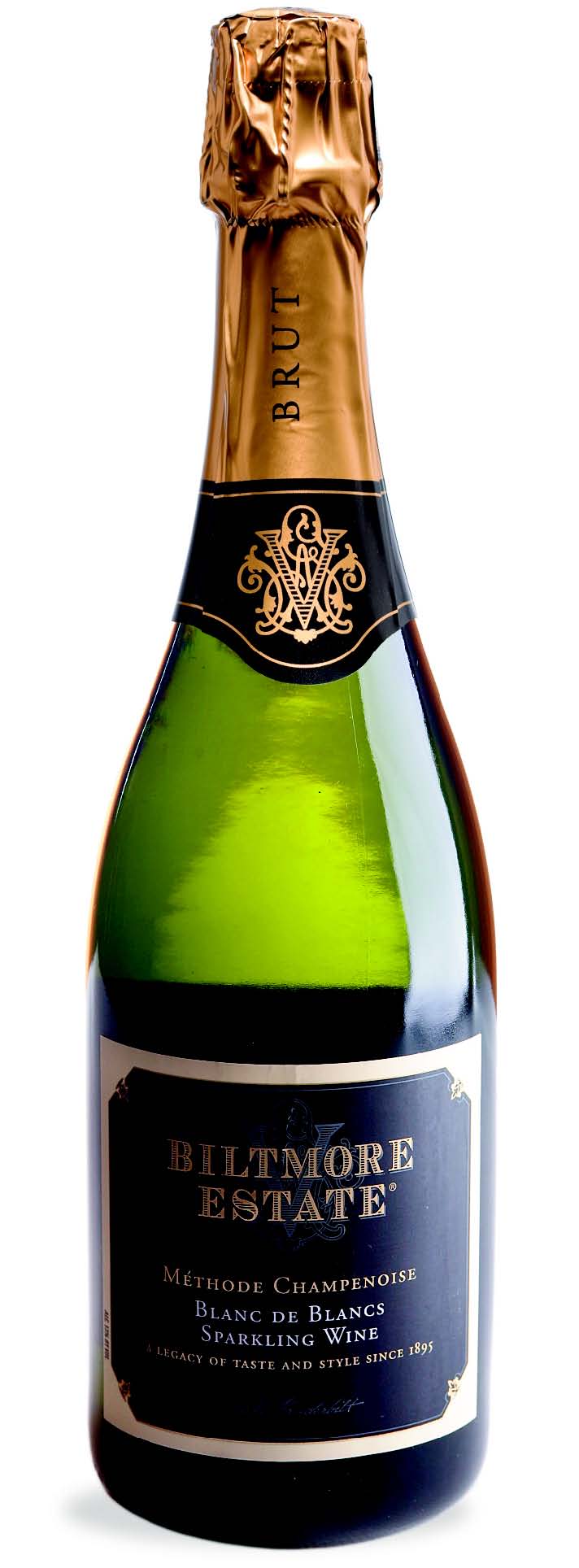




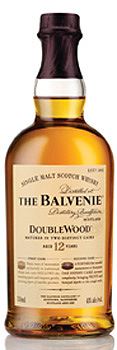
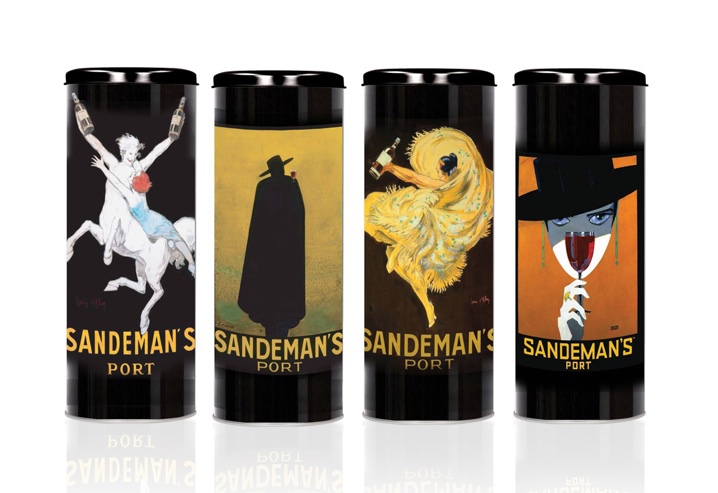
 Bodegas Muriel was founded close to 30 years ago in the Rioja region of Spain. While many Rioja producers blend small quantities of other local varietals into their red wines, Bodegas Muriel is one of those that use Tempranillo exclusively. Today I’ll look at two of their current releases.
The Bodegas Muriel 2005 Crianza was produced from fruit sourced in the Rioja region of Spain. This selection is 100% Tempranillo. The vines in question have a median age of 30 years on them. Fermentation took place over 20 days in temperature controlled stainless steel. Barrel aging took place over 12 months in American oak. 1,700 cases of this offering were imported to the US and it has a suggested retail price of $16.99.
Bodegas Muriel was founded close to 30 years ago in the Rioja region of Spain. While many Rioja producers blend small quantities of other local varietals into their red wines, Bodegas Muriel is one of those that use Tempranillo exclusively. Today I’ll look at two of their current releases.
The Bodegas Muriel 2005 Crianza was produced from fruit sourced in the Rioja region of Spain. This selection is 100% Tempranillo. The vines in question have a median age of 30 years on them. Fermentation took place over 20 days in temperature controlled stainless steel. Barrel aging took place over 12 months in American oak. 1,700 cases of this offering were imported to the US and it has a suggested retail price of $16.99. Inexpensive Pinot Noir that actually looks, smells and tastes like what the label says is an all too uncommon thing. Pinot is a tough grape to grow as legions of winemakers will attest. Its popularity as a varietal causes there to be way too many poor examples on store shelves. So I’m always looking for good Pinot and I’m particularly interested in examples that are appropriate for everyday drinking. Parducci Wine Cellars recently unveiled a smaller production Pinot. I’ll take a look at it today.
The Parducci 2009 Small Lot Blend Pinot Noir was produced using select, individually vinified lots of wine. This offering is 100% Pinot Noir. The fruit comes from both Mendocino where Parducci is based and the Sierra Foothills. All of the fruit utilized is sustainable as with all Parducci wines. Barrel aging took place over six months; 15% in new French oak and the balance in a combination of seasoned oak and Redwood tanks. 6,000 cases of this wine were produced and it has a suggested retail price of $12.
Inexpensive Pinot Noir that actually looks, smells and tastes like what the label says is an all too uncommon thing. Pinot is a tough grape to grow as legions of winemakers will attest. Its popularity as a varietal causes there to be way too many poor examples on store shelves. So I’m always looking for good Pinot and I’m particularly interested in examples that are appropriate for everyday drinking. Parducci Wine Cellars recently unveiled a smaller production Pinot. I’ll take a look at it today.
The Parducci 2009 Small Lot Blend Pinot Noir was produced using select, individually vinified lots of wine. This offering is 100% Pinot Noir. The fruit comes from both Mendocino where Parducci is based and the Sierra Foothills. All of the fruit utilized is sustainable as with all Parducci wines. Barrel aging took place over six months; 15% in new French oak and the balance in a combination of seasoned oak and Redwood tanks. 6,000 cases of this wine were produced and it has a suggested retail price of $12. I love Rosé. There’s something about this style of wine, when it’s well done that appeals to me on a deep level. Of course I consume more of it in warm weather months than in fall and winter. However I do find time and desire to drink it in the colder months, particularly if it’s a little bit bigger and bolder a style of Rosé. Today I’ll look at an example from Argentina that fits perfectly into the profile of the sort of Rosé I enjoy while I’m waiting for the weather to warm back up.
The Michael Torino 2011 Malbec Rosé was produced from fruit sourced in the Cafayate Valley of Argentina. All of the vineyards utilized sit between 3,000 and 5,000 feet above sea level. This selection is 100% Malbec. After a short period of skin contact this wine is fermented and vinified utilizing the same practices employed for their white wines. A short period of aging, roughly five months, takes place prior to release. This wine is widely available for right around $12.
I love Rosé. There’s something about this style of wine, when it’s well done that appeals to me on a deep level. Of course I consume more of it in warm weather months than in fall and winter. However I do find time and desire to drink it in the colder months, particularly if it’s a little bit bigger and bolder a style of Rosé. Today I’ll look at an example from Argentina that fits perfectly into the profile of the sort of Rosé I enjoy while I’m waiting for the weather to warm back up.
The Michael Torino 2011 Malbec Rosé was produced from fruit sourced in the Cafayate Valley of Argentina. All of the vineyards utilized sit between 3,000 and 5,000 feet above sea level. This selection is 100% Malbec. After a short period of skin contact this wine is fermented and vinified utilizing the same practices employed for their white wines. A short period of aging, roughly five months, takes place prior to release. This wine is widely available for right around $12. Admittedly Australia isn’t the first or even the third wine growing country I think when Riesling comes to mind. However over the last few years I’ve seen more and more evidence that this might just be the next varietal from Australia that makes a large impact on US shelves. Many of the examples are well priced, tasty and aimed at everyday consumption. That rings a similar bell to the manner in which Aussie Shiraz made its mark. I’m not saying Riesling is going to have the same overall effect, just that some of the hallmarks are similar. Today I’ll look at an example from Frisk.
The Frisk 2011 Prickly Riesling was produced using fruit sourced in the Victoria section of Australia. In addition to Riesling (89%) this wine also has Muscat Gordo (11%) blended in. This wine was fermented in stainless steel using select yeasts. The modest alcohol checks in at 9.8%. This Riesling has a suggested retail price of $11.
Admittedly Australia isn’t the first or even the third wine growing country I think when Riesling comes to mind. However over the last few years I’ve seen more and more evidence that this might just be the next varietal from Australia that makes a large impact on US shelves. Many of the examples are well priced, tasty and aimed at everyday consumption. That rings a similar bell to the manner in which Aussie Shiraz made its mark. I’m not saying Riesling is going to have the same overall effect, just that some of the hallmarks are similar. Today I’ll look at an example from Frisk.
The Frisk 2011 Prickly Riesling was produced using fruit sourced in the Victoria section of Australia. In addition to Riesling (89%) this wine also has Muscat Gordo (11%) blended in. This wine was fermented in stainless steel using select yeasts. The modest alcohol checks in at 9.8%. This Riesling has a suggested retail price of $11.
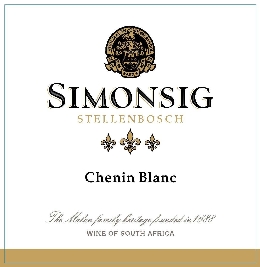 The Malan Family has been making wine outside Stellenbosch under the
The Malan Family has been making wine outside Stellenbosch under the  The 2007 vintage of Luce from
The 2007 vintage of Luce from  The
The 
 The Grooner – 2010 Grüner Veltliner was produced using fruit sourced in Austria’s Niederösterreich appellation. This offering is 100% Grüner Veltliner. This wine was made by Meinhard Forstreiter whose family has been making wine in this region since 1868. Under his stewardship the Winery has reached new heights in several aspects of their operation such as the implementation of sustainable farming practices. For the last several years he’s partnered with Monika Caha & Tony Silver from Caha selections to bring Grooner to the masses in the US. Their mission is to help educate the US consumer about this grape that they may be unfamiliar with and whose name they may have a difficult time pronouncing. The 2010 Grooner is widely available and has a suggested retail price of $13.
A potpourri of citrus aromas fills the nose of this 2010 Grüner Veltliner. Orchard fruits in the form of apple characteristics are present as well. Lemon ice and papaya flavors lead an avalanche of citrus and tropical fruit flavors throughout the juicy, bright, concentrated palate. This wine just explodes in your mouth and offers loads of tasty appealing flavors. The citrus elements take charge through the finish and they’re joined by hints of white pepper and some tart green apple. This wine is marked by racy acidity that adds to its refreshing quality. Grooner is delicious all by itself but will also pair well with things like soft cheeses and light appetizers.
The Grooner – 2010 Grüner Veltliner was produced using fruit sourced in Austria’s Niederösterreich appellation. This offering is 100% Grüner Veltliner. This wine was made by Meinhard Forstreiter whose family has been making wine in this region since 1868. Under his stewardship the Winery has reached new heights in several aspects of their operation such as the implementation of sustainable farming practices. For the last several years he’s partnered with Monika Caha & Tony Silver from Caha selections to bring Grooner to the masses in the US. Their mission is to help educate the US consumer about this grape that they may be unfamiliar with and whose name they may have a difficult time pronouncing. The 2010 Grooner is widely available and has a suggested retail price of $13.
A potpourri of citrus aromas fills the nose of this 2010 Grüner Veltliner. Orchard fruits in the form of apple characteristics are present as well. Lemon ice and papaya flavors lead an avalanche of citrus and tropical fruit flavors throughout the juicy, bright, concentrated palate. This wine just explodes in your mouth and offers loads of tasty appealing flavors. The citrus elements take charge through the finish and they’re joined by hints of white pepper and some tart green apple. This wine is marked by racy acidity that adds to its refreshing quality. Grooner is delicious all by itself but will also pair well with things like soft cheeses and light appetizers. The
The  Do you like Chardonnay? That’s a loaded question I know. Your answer is probably a return question asking what sort, or style of Chardonnay I’m talking about. There might not be another grape that is so wildly popular on the one hand and inspires so much debate on the other. The basic concept folks tend to wrestle with when it comes to this grape is oak treatment. What has become known in many circles as “California Style Chardonnay” is what really gets a lot of people talking. The trouble with that term is that it only describes a very small amount of Chardonnay from California. There are tons of different Chardonnays made in different styles with varying intent and incredibly divergent price-points. Some producers present a look into the differences in this grape within a single portfolio. One such producer is Sonoma County’s
Do you like Chardonnay? That’s a loaded question I know. Your answer is probably a return question asking what sort, or style of Chardonnay I’m talking about. There might not be another grape that is so wildly popular on the one hand and inspires so much debate on the other. The basic concept folks tend to wrestle with when it comes to this grape is oak treatment. What has become known in many circles as “California Style Chardonnay” is what really gets a lot of people talking. The trouble with that term is that it only describes a very small amount of Chardonnay from California. There are tons of different Chardonnays made in different styles with varying intent and incredibly divergent price-points. Some producers present a look into the differences in this grape within a single portfolio. One such producer is Sonoma County’s 
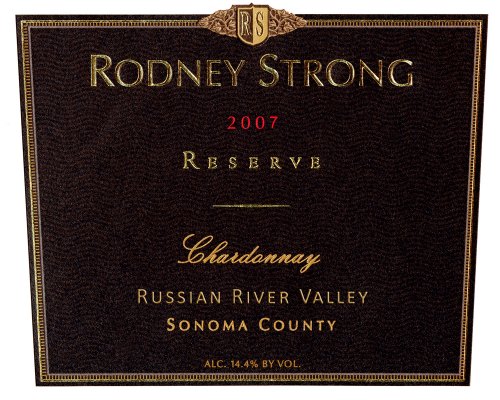 Apple pie aromas are joined by toast and hints of toffee on the layered and complex nose of this 2008 Chardonnay. Tropical fruits and hints of citrus appear on the palate which is loaded with apple and pear characteristics. Baked pie spices are plentiful as well. Minerals lead the lengthy finish which shows off toasty oak, bits of butter and a creaminess that brings to mind crème brulee. This wine is the epitome of California style Chardonnay; but to be crystal clear an example that is done remarkably well. The oak is well integrated but easily detectable and a key element like a prominent spice, however the fruit is still, as it should be the key. This wine is good on it’s own but excels paired with rich dishes.
Apple pie aromas are joined by toast and hints of toffee on the layered and complex nose of this 2008 Chardonnay. Tropical fruits and hints of citrus appear on the palate which is loaded with apple and pear characteristics. Baked pie spices are plentiful as well. Minerals lead the lengthy finish which shows off toasty oak, bits of butter and a creaminess that brings to mind crème brulee. This wine is the epitome of California style Chardonnay; but to be crystal clear an example that is done remarkably well. The oak is well integrated but easily detectable and a key element like a prominent spice, however the fruit is still, as it should be the key. This wine is good on it’s own but excels paired with rich dishes.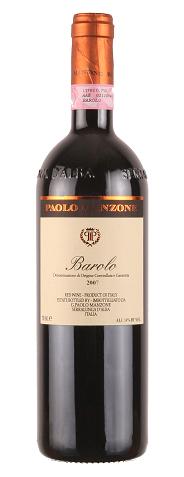 Every country has a grape or style of wine that’s King. Napa has Cabernet Sauvignon, Australia has Shiraz. In Italy a couple of things come to mind immediately for wine lovers. But while Sangiovese based wines such as Chianti and Brunello get a lot of deserved attention, Barolo is the rock star. Today I’ll look at a new release Barolo from producer
Every country has a grape or style of wine that’s King. Napa has Cabernet Sauvignon, Australia has Shiraz. In Italy a couple of things come to mind immediately for wine lovers. But while Sangiovese based wines such as Chianti and Brunello get a lot of deserved attention, Barolo is the rock star. Today I’ll look at a new release Barolo from producer 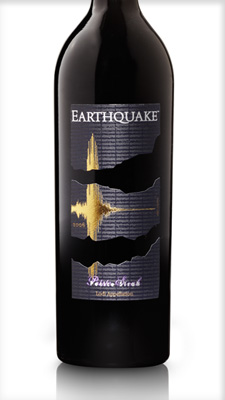 If you haven’t had any wines from
If you haven’t had any wines from